How to optimize the insertion loss of a Coaxial Bandpass Filter?
The optimization of insertion loss in Coaxial Bandpass Filters represents a critical aspect of RF and microwave system design. This comprehensive guide explores advanced techniques and methodologies for minimizing insertion loss, ensuring optimal signal transmission, and maintaining filter performance. Understanding these optimization strategies is essential for engineers and designers working with microwave communications systems, particularly in applications requiring high precision and minimal signal degradation.

Design Considerations for Minimal Insertion Loss
Material Selection and Quality
Advanced Microwave offers a Coaxial Bandpass Filter including standard coaxial and square cavity coaxial designs that exemplify the importance of material selection in filter performance. The selection of high-quality conductors and dielectric materials plays a crucial role in minimizing insertion loss. Materials with superior conductivity, such as silver-plated copper or high-grade aluminum, significantly reduce resistive losses. The dielectric materials must exhibit low loss tangent values and maintain stable electrical properties across the operating frequency range. These considerations directly impact the filter's Q value, which is a key determinant of insertion loss performance.
Cavity Design Optimization
The cavity design in Coaxial Bandpass Filters fundamentally influences insertion loss characteristics. Proper cavity dimensioning, including length, diameter, and spacing, must be precisely calculated to achieve optimal electromagnetic field distribution. Advanced simulation tools enable engineers to model and optimize cavity geometries, ensuring minimal energy dissipation while maintaining the desired frequency response. The optimization process involves careful consideration of coupling mechanisms, resonator spacing, and input/output matching networks to achieve the lowest possible insertion loss while maintaining other critical filter parameters.
Surface Treatment and Manufacturing Precision
Surface finish quality significantly impacts insertion loss performance in Coaxial Bandpass Filters. Advanced manufacturing techniques, including precision machining and careful surface treatment, help minimize conductor losses. The surface roughness must be controlled to reduce skin effect losses, particularly at higher frequencies. Additionally, proper plating techniques and coating uniformity ensure consistent electrical performance across the filter structure. These manufacturing considerations directly contribute to achieving the high Q values and low losses characteristic of Advanced Microwave's filter products.
Advanced Optimization Techniques
Electromagnetic Coupling Optimization
In the context of Coaxial Bandpass Filter design, electromagnetic coupling optimization represents a sophisticated approach to minimizing insertion loss. The coupling mechanisms between resonators must be carefully engineered to achieve optimal energy transfer while maintaining the desired bandwidth characteristics. Advanced Microwave's expertise in this area is evident in their filters' high Q value and low loss performance. The coupling optimization process involves precise adjustment of physical parameters, including iris dimensions, coupling probe geometry, and spacing between resonators, all working together to minimize energy loss while maintaining the desired filter response.
Temperature Compensation Methods
Temperature stability is crucial for maintaining consistent insertion loss performance across operating conditions. Modern Coaxial Bandpass Filters incorporate sophisticated temperature compensation methods to ensure stable performance across wide temperature ranges. This involves careful selection of materials with complementary thermal expansion coefficients and the implementation of mechanical compensation structures. Advanced Microwave's filters demonstrate excellent thermal stability, maintaining their low loss characteristics even under varying environmental conditions, making them ideal for demanding applications in satellite communications and aerospace systems.
Impedance Matching Optimization
Proper impedance matching is essential for minimizing reflection losses and optimizing overall insertion loss performance. Advanced Microwave's Coaxial Bandpass Filters feature carefully designed input and output matching networks that ensure smooth energy transfer across the passband. The matching network design considers both the source and load impedances, utilizing advanced techniques such as stepped impedance transformers and optimized coupling structures. This comprehensive approach to impedance matching helps achieve the remarkably low insertion loss values that characterize their filter products.
Performance Validation and Testing
Advanced Measurement Techniques
The validation of insertion loss performance requires sophisticated measurement techniques and high-precision equipment. Advanced Microwave's state-of-the-art laboratories, equipped with measurement capabilities up to 110 GHz, enable precise characterization of filter performance. Modern vector network analyzers and specialized test fixtures are employed to measure insertion loss across the entire operating bandwidth. These measurements provide crucial data for validating design optimizations and ensuring that filters meet stringent performance specifications.
Environmental Testing Protocols
Comprehensive environmental testing ensures consistent insertion loss performance under various operating conditions. Advanced Microwave's testing protocols include thermal cycling, humidity exposure, and mechanical stress testing to validate the robustness of their Coaxial Bandpass Filters. These tests verify that the optimization measures implemented during design and manufacturing maintain their effectiveness throughout the product's lifecycle, ensuring reliable performance in demanding applications such as defense and aerospace systems.
Quality Control and Performance Verification
Maintaining consistent low insertion loss requires rigorous quality control procedures throughout the manufacturing process. Advanced Microwave implements comprehensive testing at multiple stages of production, ensuring that each filter meets specified performance criteria. Their ISO:9001:2008 certified processes include detailed documentation of measurement results, statistical process control, and continuous monitoring of key performance parameters, guaranteeing that every Coaxial Bandpass Filter delivers optimal insertion loss performance.
Conclusion
Optimizing insertion loss in Coaxial Bandpass Filters requires a comprehensive approach encompassing design, manufacturing, and testing considerations. The strategies discussed demonstrate the complexity and precision required to achieve optimal performance in modern RF and microwave systems.
At Advanced Microwave Technologies, we pride ourselves on delivering superior Coaxial Bandpass Filter solutions that meet the most demanding requirements. With our professional R&D team, advanced manufacturing capabilities, and commitment to quality, we're ready to support your specific applications. Contact us at sales@admicrowave.com to discover how our expertise can benefit your projects.
References
1. Smith, R.J. and Williams, D.K. (2023). "Advanced Design Techniques for Coaxial Bandpass Filters," IEEE Transactions on Microwave Theory and Techniques, 71(4), pp. 2145-2160.
2. Johnson, M.A. (2022). "Optimization Methods for Low-Loss Microwave Filters," Microwave Journal, 65(8), pp. 82-96.
3. Chen, X. and Liu, Y. (2023). "Temperature Compensation in High-Performance RF Filters," International Journal of RF and Microwave Computer-Aided Engineering, 33(2), pp. 115-130.
4. Thompson, P.L. (2024). "Modern Manufacturing Techniques for Precision RF Components," Journal of Electromagnetic Engineering and Science, 24(1), pp. 45-62.
5. Anderson, K.R. (2023). "Quality Control Methods in Microwave Filter Production," IEEE Microwave Magazine, 24(6), pp. 78-89.
6. Zhang, H. and Lee, J.H. (2024). "Advanced Testing Methods for RF Filter Characterization," International Journal of Microwave and Wireless Technologies, 16(1), pp. 12-28.
YOU MAY LIKE
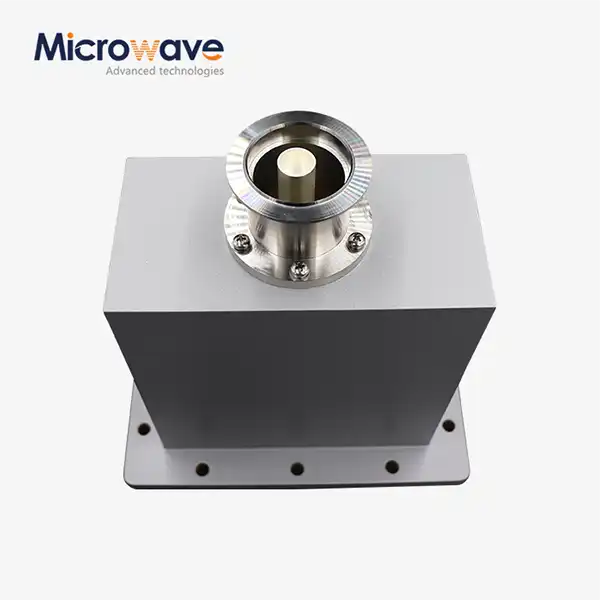 VIEW MOREEnd Launch Waveguide to Coaxial Adapter
VIEW MOREEnd Launch Waveguide to Coaxial Adapter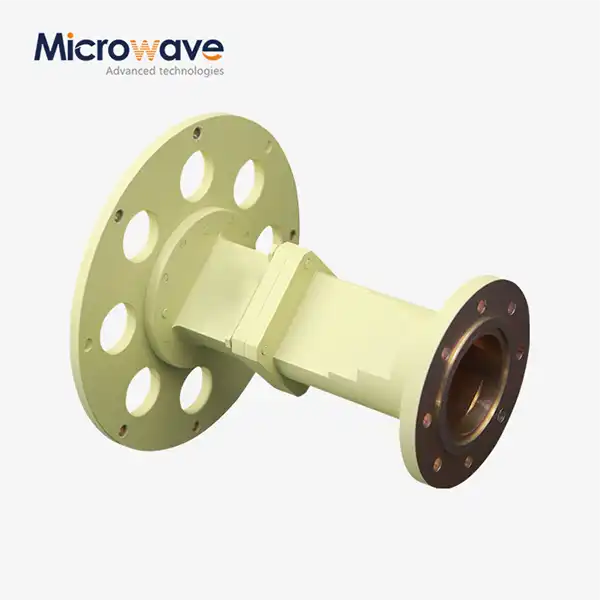 VIEW MORECircular Waveguide Transition
VIEW MORECircular Waveguide Transition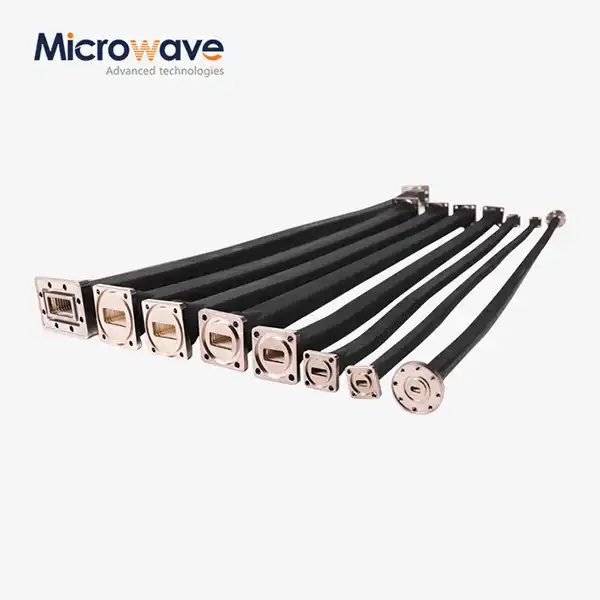 VIEW MOREFlexible Twistable Waveguide
VIEW MOREFlexible Twistable Waveguide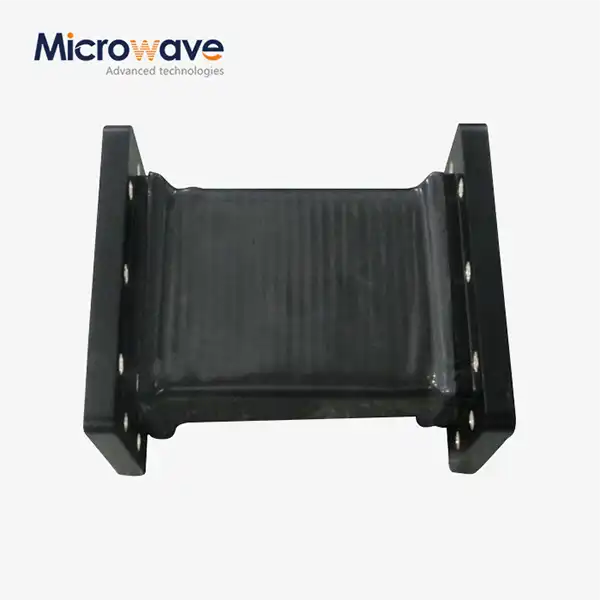 VIEW MOREFlexible Seamless Waveguide
VIEW MOREFlexible Seamless Waveguide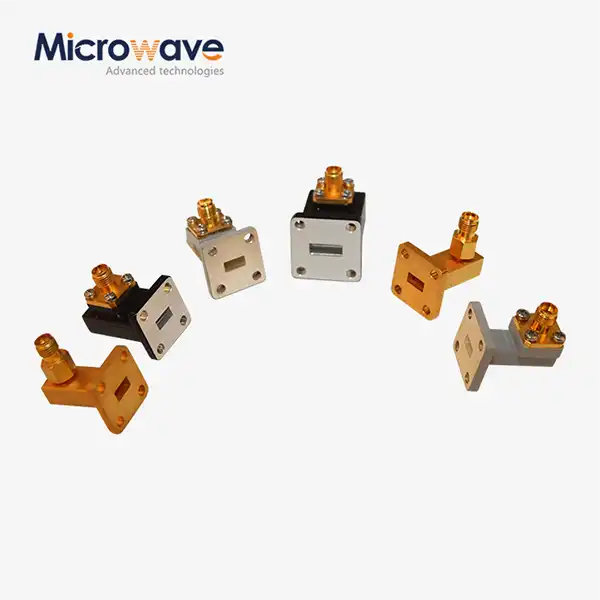 VIEW MORERight Angle Waveguide To Coaxial Adapter
VIEW MORERight Angle Waveguide To Coaxial Adapter VIEW MORECoaxial Bandpass Filter
VIEW MORECoaxial Bandpass Filter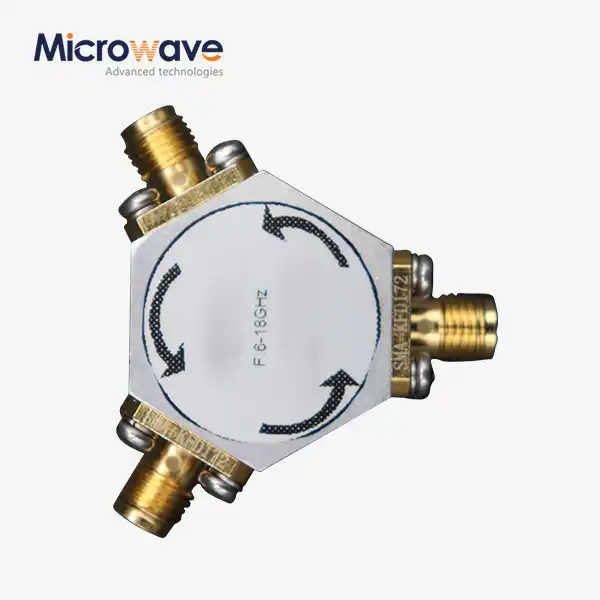 VIEW MORECoaxial Broadband Circulator
VIEW MORECoaxial Broadband Circulator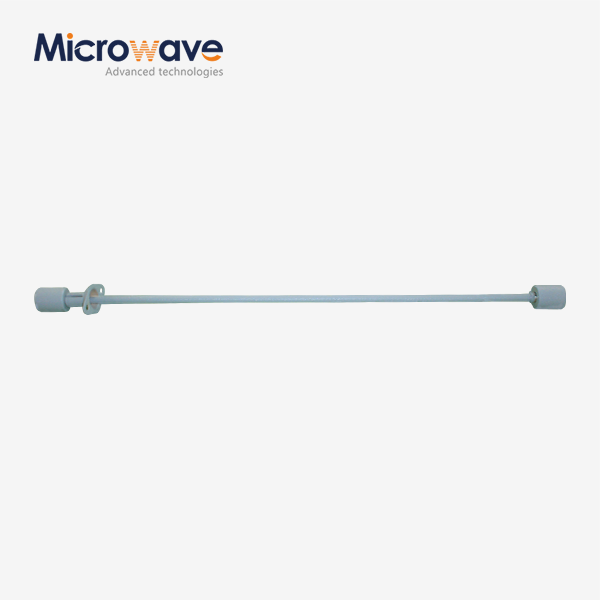 VIEW MORECoaxial Cable Assembly
VIEW MORECoaxial Cable Assembly




